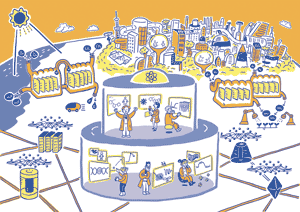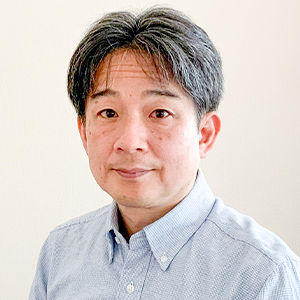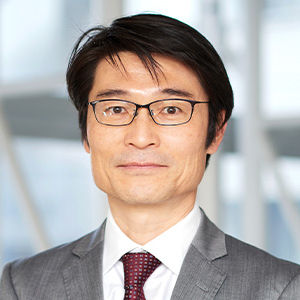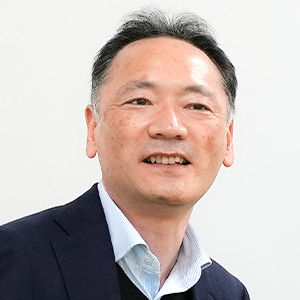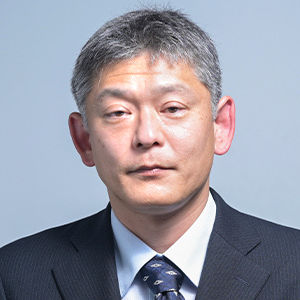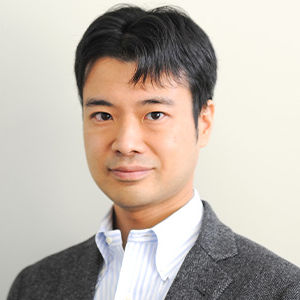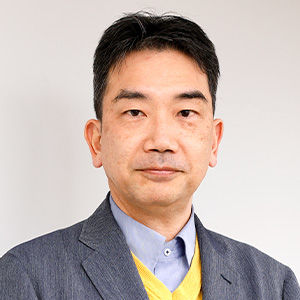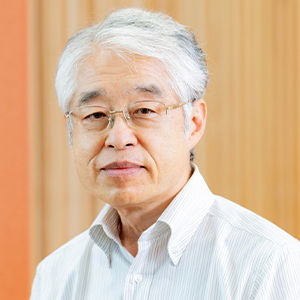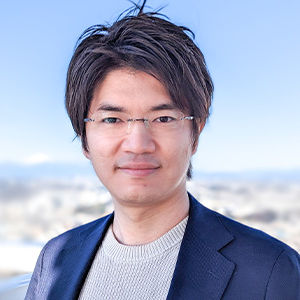Program

Moonshot Goal 6Realization of a fault-tolerant universal quantum computer that will revolutionize economy, industry, and security by 2050.
Program Director (PD)KITAGAWA MasahiroDirector, Center for Quantum Information and Quantum Biology, The University of Osaka
Outline
While it is said that the progress of conventional computers is reaching its limits, it is important to be able to respond to the explosion of information processing demands. If we want quantum computing to rapidly solve our numerous and complex social problems, we need a fault-tolerant universal quantum computer that can perform precise computation while correcting quantum errors. In order to realize such a fault-tolerant universal quantum computer we are conducting R&D into the relevant hardware, software, networks, and related quantum technologies.
A Vision of Society in 2050 (Illustrated Guide)
What might the future look like in 2050 if Goal 6 is realized? An illustrated guide.
Message from PD
In order to realize a fault-tolerant universal quantum computer, it is necessary to integrate a huge number of qubits, provide redundancy using quantum error correcting codes, and reduce the physically arising quantum error to below the fault-tolerant threshold. Therefore, we aim to develop a certain scale of quantum computers and demonstrate the effectiveness of quantum error correction.
Considering the possibility of massively integrated quantum computers through quantum communication, R&D projects will be implemented in three categories: ‘1) hardware’, ‘2) communication networks’, and ‘3) theory and software’. Specifically we would like R&D projects in each category to compete for feasibility, collaborate across categories, and conduct R&D to achieve the Moonshot Goal.
R&D Projects
Selected in FY2020
Selected in FY2022
Advisors
Click here to see the list of advisors
| KOZUMA Mikio * | Director / Professor, Quantum Navigation Research Center, Institute of Integrated Research, Institute of Science Tokyo |
|---|---|
| NAKAMURA Yasunobu * | Professor, Graduate School of Engineering, The University of Tokyo |
| YAMASHITA Shigeru * | Professor, College of Information Science and Engineering, Ritsumeikan University |
| ISHIUCHI Hidemi | Former President, Evolving nano process Infrastructure Development Center, Inc., EIDEC |
| IMOTO Nobuyuki | Senior Professor, Office of Senior Professor, The University of Tokyo |
| UTSUNOMIYA Shoko | Principal Solutions Engineer, Go To Market, OpenAI Japan LLC. |
| OZAWA Masanao | Professor Emeritus, Graduate School of Informatics, Nagoya University |
| KATORI Hidetoshi | Professor, Department of Applied Physics Graduate School of Engineering, The University of Tokyo |
| KAWABATA Shiro | Professor, Faculty of Computer and Information Sciences, Hosei University / Fellow, Technology and Innovation Strategy Center, NEDO |
| SASAKI Masahide | Distinguished Researcher, Open Innovation Promotion Headquarters, National Institute of Information and Communications Technology |
| SATO Mitsuhisa | Specially Appointed Professor, Faculty of Health Data Science, Juntendo University |
| SHIGEMOTO Isamu | Executive Engineer, Technology and Innovation Center, Daikin Industries, Ltd. |
*Sub Program Director
Goal 6 News
Contact
Goal 6 Secretariat
Department of Moonshot Research and Development Program, Japan Science and Technology Agency
e-mail moonshot-goal6
